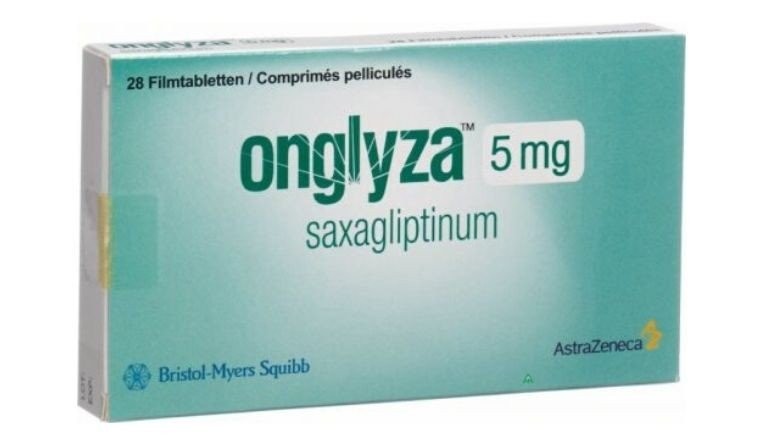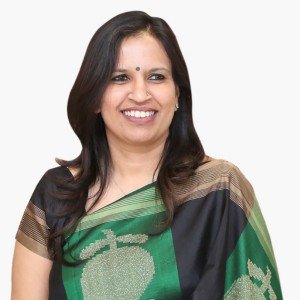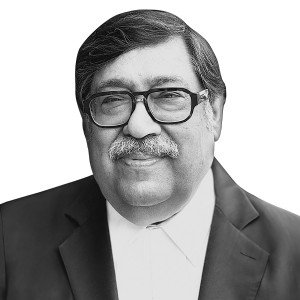Success Story Turns Bleak for Compulsory License: A Report
07 March 2016

The Modi government’s commitment to the global community at large to protect innovations is now visible through India’s national IPR policy, Make in India and the recent success stories in the Merck and Hoffman La Roche patent infringement actions. The icing on the cake was the recent rejection of the compulsory license application of Lee Pharma, a Hyderabad-based generic company, for AstraZeneca’s patent for saxagliptin. Since 2011, three applications have filed under Section 84 of the Indian Patents Act. While the Controller General granted a compulsory license to Natco for Bayer’s patent for Nexavar, BDR Pharmaceuticals’ and Lee Pharmaceuticals’ applications for compulsory license for patent claims on dasatinib (Bristol-Myers Squibb) and saxagliptin (AstraZeneca) were prima facie rejected in 2014 and 2015-2016.
This article walks through the compulsory license proceedings of Lee Pharma for saxagliptin. In 2015, Lee Pharma made an application under Section 84(1) of the Indian Patents Act for grant of compulsory license for manufacturing and selling saxagliptin in relation to Indian Patent No. 206543. The two orders of the Controller General discussed in this article are of August 12, 2015, and January 19, 2016.
In order to make a prima facie case, Lee Pharma attempted to demonstrate that their negotiations for a voluntary licensee with the patentee were not fruitful as they did not receive any response from the Patentee within a reasonable period. The grounds alleged by Lee Pharma were that:
• the patentee has failed to meet the reasonable requirements of the public,
• the patented invention is not available to the public at a reasonably affordable price, and
• the patented invention is not worked in India.
Reasonable requirements of public not met: Lee Pharma relied upon data to demonstrate that there was more than 99% shortage of saxagliptin in the market. Lee Pharma further stated that if all the gliptin molecules that were currently available in the market were prescribed to the diabetic population in India, there was still a shortfall of 10%, which in terms of numbers translates to around 6 million patients.
Patented invention not being reasonably priced: Lee Pharma made a comparison of the cost of saxagliptin sold by the patentee versus the selling price of saxagliptin intended to be sold by Lee Pharma and alleged that the patentee was exorbitantly pricing the drug despite the cost of import being less than one rupee (US$0.015) per tablet.
Patented invention not being worked in India: Lee Pharma alleged that saxagliptin was being imported and that the patentee has not taken any steps to locally manufacture the same in India, despite having manufacturing facilities within the country.
On August 12, 2015, the Controller General prima facie rejected all the three grounds of Lee Pharma for the following reasons:
• That substitutes were available in the market and that the demands were viewed in isolation;
• With regard to pricing, the Controller General relied upon the Bayer order and further stated that the price of Lee Pharma’s product was several times the alleged cost of import; and
• On local manufacture, the Controller General held that in the absence of any data being submitted by Lee Pharma in relation to the manufacturing facilities within India, the said ground is also not tenable.
Lee Pharma, thereafter, made a request for hearing the matter under Rule 97(1) in order to establish a prima facie case for compulsory license. This hearing was granted on December 15, 2015. In their application, Lee Pharma identified the terms and conditions for the compulsory license, if granted, as being: that the right to manufacture and sell saxagliptin will only be limited in India; that royalties will be paid to the patentee at a rate fixed by the Controller of Patents and that they will make the drug available at a reasonable and affordable price.
The Controller General, after hearing Lee Pharma and after due consideration of their supplementary submissions filed on December 29, 2015, prima facie rejected the compulsory license application.
The findings of the Controller General are as follows:
1) That the Lee Pharma is a person interested and has a capacity to undertake the risk in providing capital and working the invention if the compulsory license application is granted.
2) That the efforts of Lee Pharma to obtain the voluntary license from the patentee filed more than one year ago had already lapsed and, therefore, a reasonable period lapsed without the efforts being successful as envisaged by Section 84 (6)(iv).
3) Reasonable requirement of the public not met: Lee Pharma relied upon a report by the International Diabetes Federation (IDF) to demonstrate that the number of Type 2 diabetes patients in India has gone up to 60.1 million. Upon being questioned by the Controller General with regard to the number of patients being prescribed the patented drug and how many of them were unable to obtain it due to its non-availability, Lee Pharma had no such data available.
The Controller General therefore held that Lee Pharma cannot rely on third party reports in the absence of specific survey or data or any authentic report of a government agency. The Controller General further relied upon the Bayer Corporation versus Union of India case (W.P. No. 1323/2013), wherein the Bombay High Court held that the reasonable requirements of public has to be considered by the authorities in the context of number of patients requiring the patented drug, and as Lee Pharma failed to provide any data with regard to the requirements of the public with respect to saxagliptin, it was difficult to arrive at the conclusion that the reasonable requirements of the public were not being met with respect to saxagliptin.
The Controller General further held that in the absence of any authentic data or statistics, the assumptions made by Lee Pharma that 90% of patients suffers from Type 2 diabetes, and if 10% of patients are prescribed saxagliptin, that even then 6 million more patients would require saxagliptin, were unreliable. The amount of saxagliptin being imported by the patentee was therefore inadequate. Therefore, such assumptions cannot form the basis to prove that the reasonable requirements of the public were not met. Lee Pharma further failed to satisfy the Controller General as to why doctors would give preference to saxagliptin despite other choices such as linagliptin, sitagliptin and vildagliptin drugs being available in the market.
4) Patented invention is not available to the public at an affordable price: The Controller General rejected this ground as well, in the absence of Lee Pharma providing a comparative study or authentic evidence to demonstrate that saxagliptin was excessively priced and not available to the general public at a reasonably affordable price when three other options following under the same category are being sold in a large volume and at similar price. The Controller General rejected the argument of Lee Pharma that the drugs imported by the patentee were excessively priced despite the cost of importing one tablet being less than one rupee, as Lee Pharma themselves had proposed the selling price of their product as being between Rs27 to Rs32 (US$0.40 to US$.047) per tablet, which was several times the alleged cost of import. After the hearing, Lee Pharma submitted a revised selling price in the range of Rs11 to Rs16 (US$0.16 to US$0.23).
5) Patented invention is not worked in India: In the absence of authentic data or report evidence being provided by Lee Pharma to establish the quantity of saxagliptin required in India that would necessitate the manufacturing in India, this ground was also rejected.
In a simultaneous proceedings in the compulsory license application, AstraZeneca, the patentee, had also made a request for intervention and an in-person hearing under Section 80 of the Indian Patents Act before the final determination regarding the prima facie case was being made out for compulsory license. The Controller General appointed a hearing on the intervention application on December 15, 2015, and by his order of January 19, 2016, rejected the intervention application made by the patentee on the ground that under Section 87(1), the patentee has no standing to intervene and be heard until a prima facie case is being made out by the applicant for compulsory license.
The BDR and Lee Pharma decisions reiterate that the provisions of compulsory license cannot be abused to dilute the rights of the patentee unless a clear and convincing case is made out on the grounds envisaged by the provisions of the Indian Patents Act.








